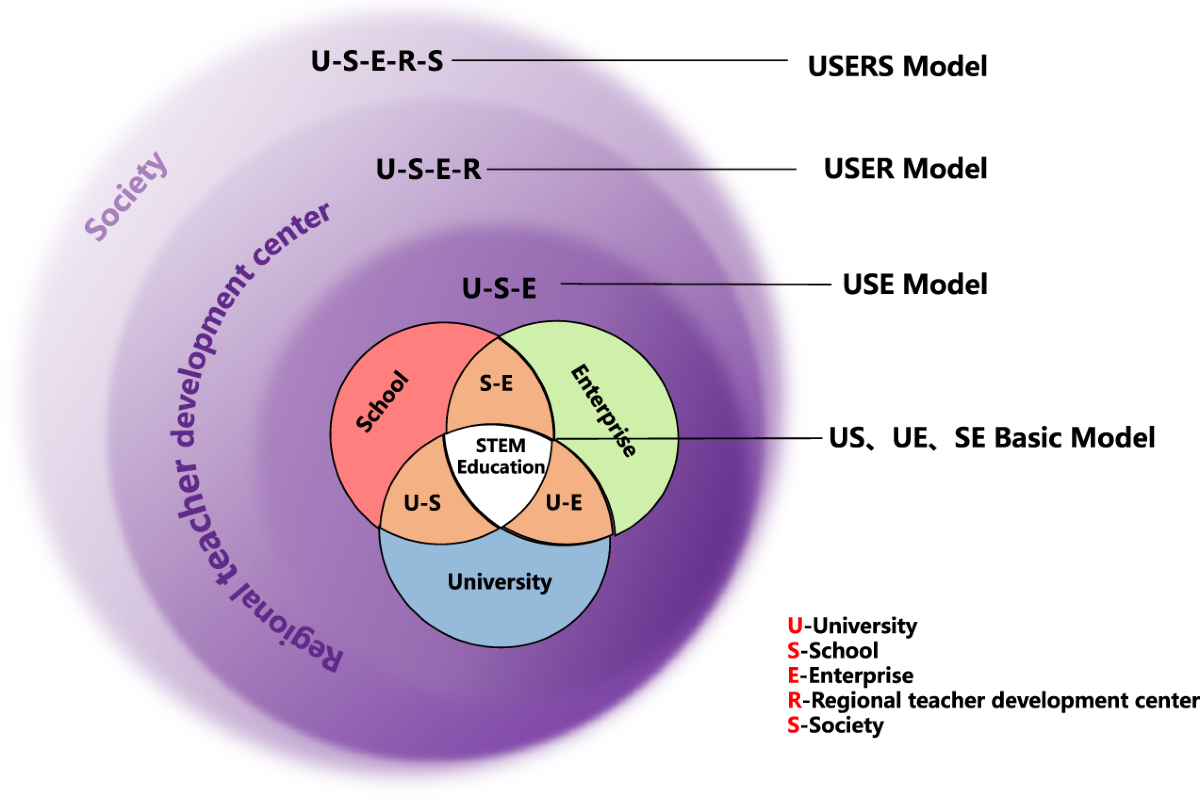CPOpen: Your Gateway to Current Affairs
Stay updated with the latest trends and insights across various topics.
STEM-ulating Minds: Why Every Student Deserves a Science Experiment
Unlock the wonders of STEM! Discover why every student deserves hands-on science experiments to fuel curiosity and ignite passion for learning!
The Importance of Hands-On Learning: How Science Experiments Ignite Curiosity in Students
Hands-on learning is a pivotal aspect of education, especially in the realm of science, where theoretical concepts can often feel distant from everyday life. Engaging students in science experiments allows them to bridge this gap, transforming abstract theories into concrete experiences. This experiential approach not only enhances understanding but also ignites curiosity. When students observe chemical reactions or explore the properties of magnets through direct interaction, they become active participants in their own learning journey, fostering a deeper appreciation for the scientific principles at play.
Moreover, science experiments encourage critical thinking and problem-solving skills, essential components of a well-rounded education. As students design their experiments, formulate hypotheses, and analyze results, they cultivate a mindset geared towards inquiry and exploration. This hands-on approach not only makes learning more enjoyable but also teaches students the value of persistence in the face of failure. Ultimately, by prioritizing hands-on learning in science education, we foster a generation of curious, innovative thinkers ready to tackle the challenges of tomorrow.

Top 5 Simple Science Experiments Every Student Can Try at Home
Engaging in hands-on science experiments can be an exciting way for students to learn about scientific concepts. Here are the top 5 simple science experiments that every student can try at home:
- Baking Soda and Vinegar Volcano: Combine baking soda and vinegar in a container to create a fizzy, bubbling reaction. This classic experiment demonstrates an acid-base reaction and is a fun way to visualize chemical reactions.
- Rainbow in a Jar: Layer different liquids with varying densities, such as honey, dish soap, water, and vegetable oil, to create a colorful rainbow effect in a jar. This experiment helps to understand the concept of density.
- Homemade Lava Lamp: Fill a clear bottle with water and a few drops of food coloring, then pour in some vegetable oil. Watch as the colored water forms bubbles that rise and fall, illustrating the principles of density and chemical reactions.
- Egg in a Bottle: Use heat to create a vacuum by lighting a piece of paper inside a bottle and placing a peeled, hard-boiled egg on top. The egg will be sucked into the bottle, showcasing air pressure in action.
- Invisible Ink: Use lemon juice or vinegar as invisible ink on paper. After it dries, hold it near a heat source to reveal your secret message, demonstrating oxidation and the effects of heat on different substances.
Why STEM Education Should Include Experiments: Bridging Theory and Practice
STEM education traditionally emphasizes theoretical knowledge across science, technology, engineering, and mathematics. However, integrating experiments into the curriculum can significantly enhance students' understanding and retention of concepts. By engaging in hands-on activities, learners can observe real-world applications of theories. This experiential learning not only makes the subject matter more relatable but also fosters critical thinking and problem-solving skills. Students are more likely to remember concepts when they have the opportunity to see them in action, bridging the gap between abstract ideas and practical implementations.
Moreover, including experiments in STEM education encourages collaboration and communication among students. Group projects, where learners work together to conduct experiments, allow for the exchange of ideas and insights. This collaborative environment can lead to a deeper understanding of the subject while also preparing students for real-world scenarios, where teamwork is essential. In summary, merging theory with practice through hands-on experiments not only enriches the educational experience but also equips students with indispensable skills for their future careers.